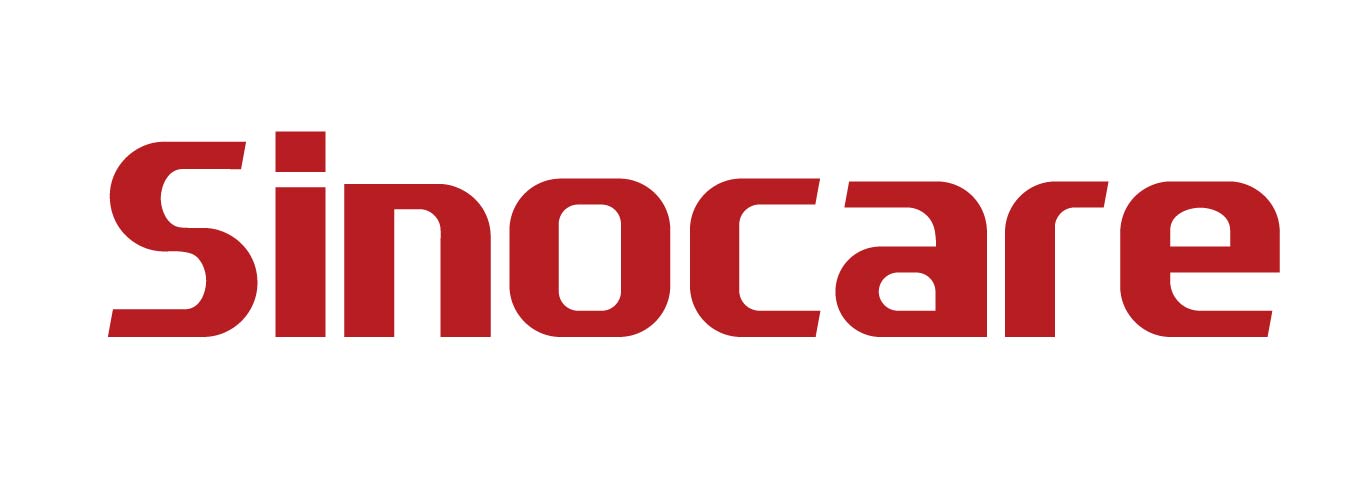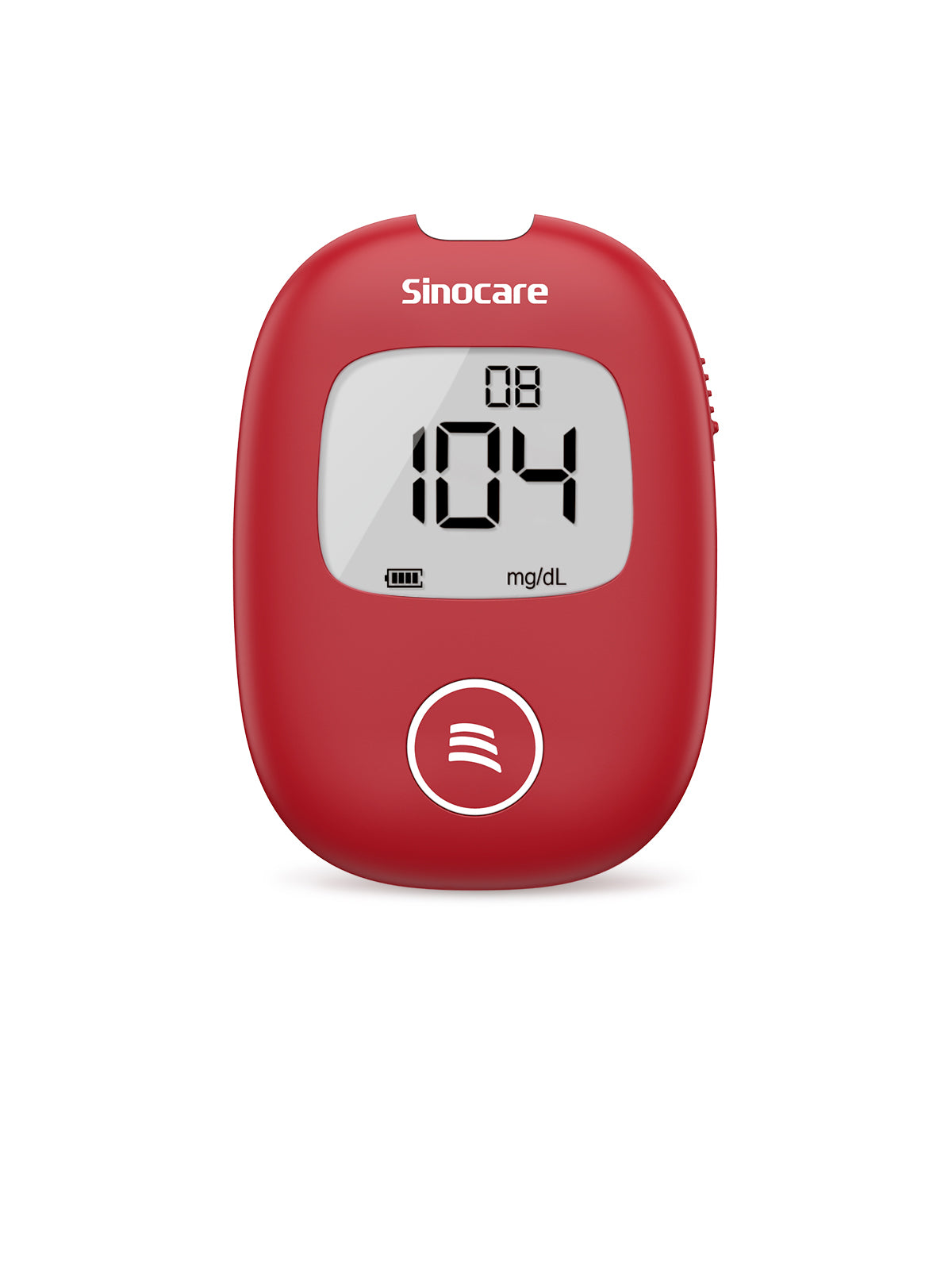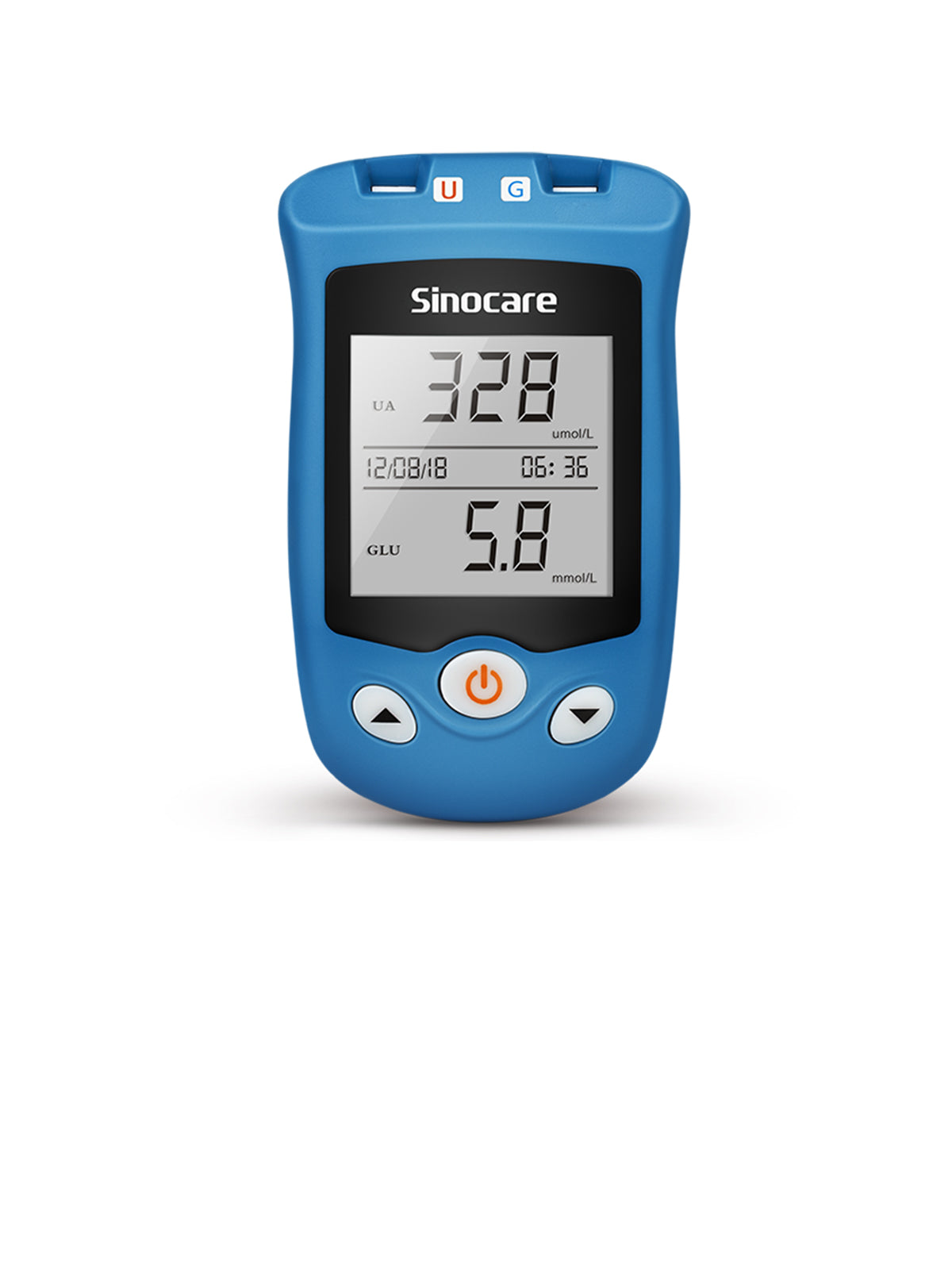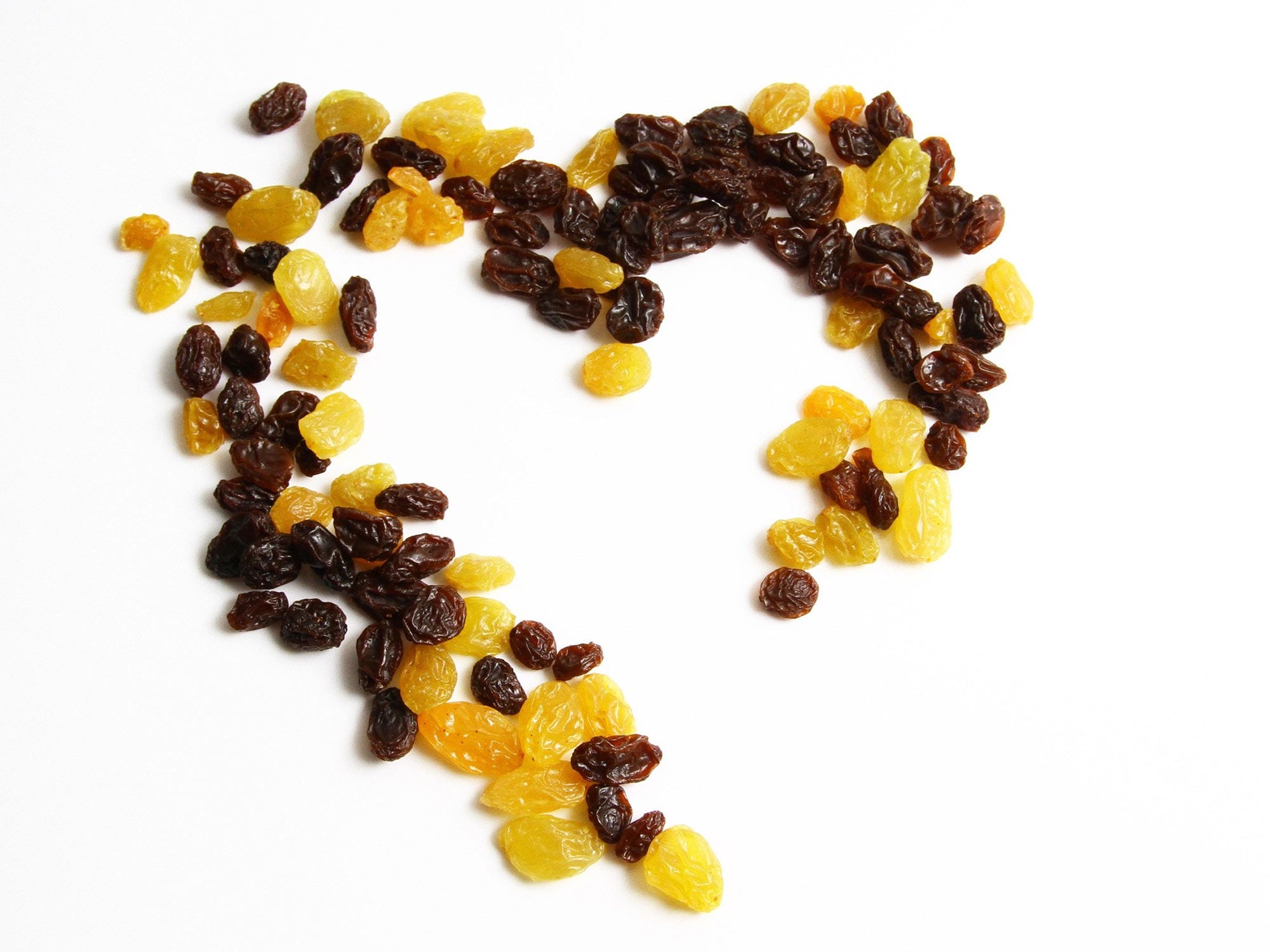Worried that “diabetes” means giving up on snacking? Just relax and chill! Diabetics can enjoy almost all types of tasty snacks. The catch here is that they should choose nutrient-rich options over sugary treats. This will help them not only keep their blood sugar in check but also curb hunger pangs between meals.
This article explores what snacks diabetics can eat to satisfy cravings while supporting healthy blood sugar levels. Ready to snack smarter and still enjoy flavorful nibbles? Let’s get started!
Why Snacking Smart Matters for Diabetics
A healthy snacking habit is an asset in diabetes management. Research shows that snacks make up around 22% of the calories we consume each day [1]. That’s why if diabetics choose healthier snacking options instead of something sugary, it can help them avoid sudden blood sugar spikes and dips.
Choosing healthy snacks also helps lower hunger pangs between meals. Diabetics can, from time to time, feel extreme hunger or may have sudden dips in blood glucose levels. This can lead them to go for the quickest (often sugary) fix or overeat at the next meal. A smart snacking habit can help avoid this rollercoaster of highs and lows by keeping blood sugar levels stable throughout the day [2, 3].
In fact, a study found that high-protein, high-fiber snack bars could lead to a lower post-meal blood sugar spike than typical carb-heavy snacks in people with type 2 diabetes [3].
What Makes a Healthy Snack for Diabetics?
Not all snacks have the same nutritional value. The go-to snacks for diabetics are those that help avoid blood sugar spike while providing real nutrition. Here are the key ingredients in a diabetes-friendly snack:
- Fiber: High-fiber foods slow down digestion in our bodies and, consequently, the release of glucose into the bloodstream. Fiber also gives a feeling of fullness. Good sources of snackable fiber include raw vegetables, fresh fruits (especially those with edible skins or seeds, like apples or berries), whole-grain crackers, or popcorn [4].
- Protein: Pairing a carbohydrate with some protein is a great way to make a snack more diabetes-friendly. Protein slows the absorption of carbs and thus helps prevent blood sugar from spiking too quickly. It also makes the snack more satisfying. Available sources of protein include nuts, peanut or almond butter, cheese, Greek yogurt, or a hard-boiled egg [5].
- Healthy Fats: Adding sources of healthy fat (such as nuts, seeds, avocado, or olive oil) can also help lower the glycemic load of a snack. Like protein, fat slows digestion and promotes satiety (fullness). A few carrot sticks by themselves might not be all that filling, but dipping them in guacamole (made from avocado) adds healthy fat and makes the snack more satisfying [6].
- Low Glycemic Index (GI): Foods with a low or moderate GI tend to raise blood sugar more slowly and steadily. All the elements mentioned above—fiber, protein, and fat—contribute to lowering a food’s GI. Whole grains, legumes (beans, lentils), fruits, non-starchy vegetables, and dairy products generally have a lower GI than refined carbs or sugary foods. This means that when diabetics choose snacks made with wholesome ingredients, they are automatically opting for low- to moderate-GI foods [7]
- Portion Control: Even a healthy snack can become unhealthy for diabetics if they don't control portions. Aim for around 100–150 calories or 15 carbs per snack to stay in balance. Instead of eating a full portion, use a small bowl or cup to help limit calorie intake. For example, if nuts are the go-to snacking option, limit them to a small handful. These habits can help diabetics manage their weight and keep blood sugar stable [8].
Healthy Snack Ideas for Diabetics
Wondering what snacks diabetics can eat? The good news is there are plenty of healthy and tasty options! Diabetic-friendly snacks are basically nutrient-rich foods that benefit everyone—even those without diabetes. Here are several specific snack ideas and why they're great choices:
Fresh Fruit with Nut Butter
Fruits are nature’s own convenient snack. We may also call them the original “fast food.” They are a good source of fiber, vitamins, and natural sugars. Nut butter, on the other hand, adds protein and healthy fat. This combo makes an ideal diabetes-friendly snack, as it helps slow down the overall digestion process [5, 6].
For example, when we pair an apple or banana with a tablespoon of peanut or almond butter, the combo becomes both tasty and balanced, as it won’t spike blood glucose levels the way a sugary cookie might.
Veggies and Hummus
Crunchy raw vegetables are a diabetes-friendly snacking option: they’re low in carbs and high in fiber. Slice up some non-starchy veggies like carrot sticks, cucumber, bell pepper strips, or celery, and enjoy them with a quarter-cup of hummus. For even more variety, try edamame-based hummus or black bean dip. The veggies barely spike blood sugar, and the hummus (made from chickpeas) contributes fiber, protein, and healthy fat [4, 8].
Greek Yogurt with Berries
Plain Greek or Icelandic yogurt is a good source of protein and probiotics. It also has fewer carbs than many regular yogurts, as the lactose sugar often gets removed in the straining process. Choose an unsweetened variety of this yogurt and toss in a few fresh berries for sweetness, fiber, and antioxidants. This creamy snack feels indulgent, but is very diabetes-friendly. A serving of plain nonfat Greek yogurt (around 5–6 oz) with ½ cup of berries contains roughly 13–18 grams of carbs and over 10 grams of protein [9].

Hard-Boiled Egg or Turkey Roll-Up
If someone likes to go for a snack with almost zero carbs, the classic choice is a hard-boiled egg. One large egg has ~6 grams of protein and less than 1 gram of carbohydrate. Eggs are also a good source of vitamins like B12 and D. Hence, choosing an egg over other snacking options is a safe bet, as it won’t raise blood sugar. Also, its protein content can give diabetics a feeling of fullness until the next meal.
Another quick snacking option is a turkey roll-up: take a slice of low-sodium deli turkey or chicken and roll it up with a slice of cheese. This combo essentially has no carbs, but offers protein to curb hunger. For extra flavor, spread a tiny bit of mustard or hummus on the turkey before rolling. These grab-and-go snacks are especially useful if diabetics want to avoid carbs for a while and keep their blood sugar stable.
Frequently Asked Questions (FAQs)
Can I still eat popcorn if I have diabetes?
Yes, especially if it's air-popped and unsweetened. Popcorn is actually a whole grain, which means it contains fiber and has a lower glycemic effect than many other crunchy snacks like chips.
What snacks won't spike my blood sugar?
Combos of protein, fiber, and fat—like Greek yogurt with nuts—usually lead to gentler glucose changes.
How often should diabetics snack between meals?
It varies. Check your blood sugar patterns and ask your doctor if you need a mid-morning or afternoon snack.
But here's the thing: you won’t know when you actually need a snack unless you're checking your blood sugar regularly. That’s where a reliable blood glucose monitor like Sinocare comes in handy.
With 20+ years in diabetes care, Sinocare offers accurate, affordable meters for every need. Whether you need a simple one like the Safe AQ Smart, or one with advanced features like voice assistance (Safe AQ Voice) or combined uric acid testing (Safe AQ UG), there’s a model to fit your lifestyle and budget.
Check out which blood glucose meter best fits your needs.
What portion size makes a healthy snack for diabetics?
Most recommendations suggest aiming for 15 grams of carbs or fewer. Pay attention to labels and serving sizes.
Final Thoughts
Snacking can be part of a healthy diet for diabetics when done right. However, healthy snacking is just one piece of the puzzle. It works best when combined with a balanced diet and regular physical activity.
So, if someone with diabetes adheres to a healthy lifestyle that balances both diet and exercise, these small bites can make a big difference over time in managing diabetes effectively. They add up to better glucose control, more energy, and a sense of confidence in daily life.
References
1.Heitman, K., Thomas, S. E., Kelly, O., Fanelli, S. M., Krok-Schoen, J. L., Luo, M., & Taylor, C. A. (2023). Snacks contribute considerably to total dietary intakes among adults stratified by glycemia in the United States. PLOS Global Public Health, 3(10), e0000802.
2.Njike, V. Y., Smith, T. M., Shuval, O., Shuval, K., Edshteyn, I., Kalantari, V., & Yaroch, A. L. (2016). Snack food, satiety, and weight. Advances in nutrition, 7(5), 866-878.
3.Dimopoulou, M., Bargiota, A., Barmpa, E., Outskouni, Z., Stagos, D., Trachana, V., ... & Gortzi, O. (2024). Postprandial Glucose Response in Type 2 Diabetes Mellitus Patients and Possible Antioxidant Properties of a Plant-Based Snack Bar. Foods, 13(24), 4123.
4.Barber, T. M., Kabisch, S., Pfeiffer, A. F., & Weickert, M. O. (2020). The health benefits of dietary fibre. Nutrients, 12(10), 3209.
5.Loveday, S. M. (2023). Protein digestion and absorption: The influence of food processing. Nutrition research reviews, 36(2), 544-559.
6.Little, T. J., Horowitz, M., & Feinle-Bisset, C. (2007). Modulation by high-fat diets of gastrointestinal function and hormones associated with the regulation of energy intake: implications for the pathophysiology of obesity. The American journal of clinical nutrition, 86(3), 531-541.
7.Peres, M., Costa, H. S., Silva, M. A., & Albuquerque, T. G. (2023). The health effects of low glycemic index and low glycemic load interventions on prediabetes and type 2 diabetes mellitus: a literature review of Rcts. Nutrients, 15(24), 5060.
8.Reynolds, A., & Mitri, J. (2024). Dietary advice for individuals with diabetes. Endotext [Internet].
9.Britos, S., González, A. F., Flax Marcó, F., Katz, M., Schuldberg, J., Torresani, M. E., & Vinderola, G. (2024). Yogurt, in the context of a healthy diet, for the prevention and management of diabetes and obesity: a perspective from Argentina. Frontiers in Nutrition, 11, 1373551.










Leave a comment
All comments are moderated before being published.
This site is protected by hCaptcha and the hCaptcha Privacy Policy and Terms of Service apply.